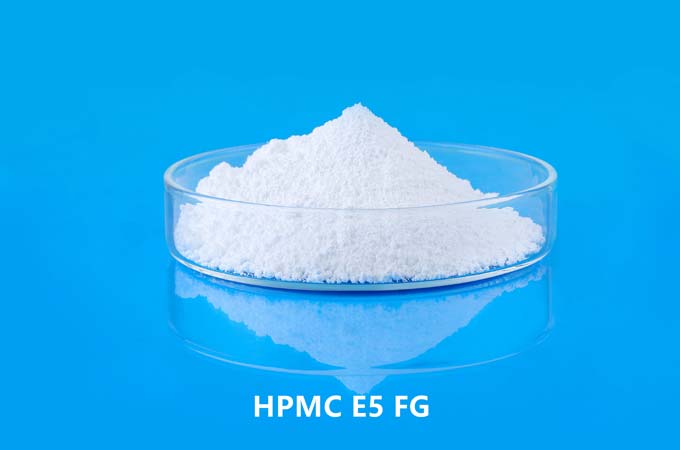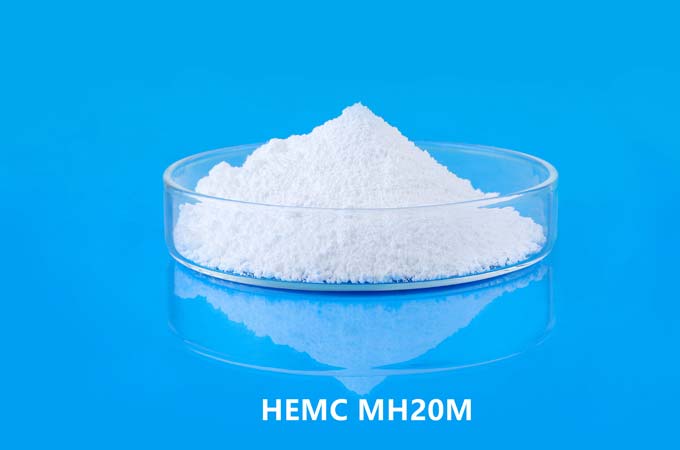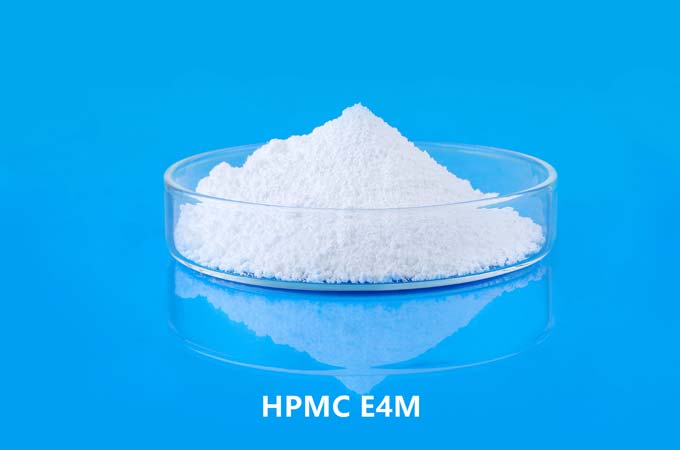Hydroxypropyl Methylcellulose (HPMC) and Hydroxyethyl Cellulose (HEC) are both widely used in various industries, particularly in the pharmaceutical, food, and construction sectors, as well as in cosmetics and personal care products. While they share some similarities due to their cellulose-based nature, they also possess distinct characteristics that make them suitable for different applications.
Chemical Structure:
HPMC (Hydroxypropyl Methylcellulose):
HPMC is a semisynthetic polymer derived from cellulose, which is a natural polymer found in plant cell walls. Through chemical modification, hydroxyl groups in the cellulose backbone are substituted with hydroxypropyl and methyl groups. This modification enhances the solubility and stability of HPMC in water-based systems.
HEC (Hydroxyethyl Cellulose):
Similarly, HEC is also a derivative of cellulose obtained through etherification. In this case, ethylene oxide is used to replace some of the hydroxyl groups in the cellulose molecule with hydroxyethyl groups. This modification imparts water solubility and other desirable properties to HEC.
Properties:
HPMC:
Water Solubility: HPMC exhibits excellent water solubility over a wide range of temperatures, making it suitable for applications where rapid dissolution is required.
Film-Forming: HPMC can form clear, flexible films when dried, which makes it useful in pharmaceutical coatings and as a binder in tablet formulations.
Thickening: It is an effective thickening agent in aqueous solutions and can be used to control viscosity in various formulations.
Surface Activity: HPMC exhibits some surface activity, which can be advantageous in applications such as paints and coatings.
HEC:
Water Solubility: Like HPMC, HEC is highly soluble in water, making it suitable for use in a variety of aqueous formulations.
Thickening: HEC is primarily known for its excellent thickening properties. It can significantly increase the viscosity of solutions at low concentrations, making it ideal for use in products such as paints, adhesives, and personal care items like shampoos and lotions.
Rheology Modifier: HEC can modify the rheological properties of formulations, imparting pseudoplastic or thixotropic behavior as required.
Stability: HEC imparts stability to formulations, preventing phase separation and providing a uniform texture.
Applications:
HPMC:
Pharmaceuticals: HPMC is widely used in pharmaceutical formulations as a binder, film-coating agent, and controlled-release matrix former.
Construction: In the construction industry, HPMC is used in cement-based materials to improve workability, water retention, and adhesion.
Food: HPMC is used as a thickener, emulsifier, and stabilizer in food products such as sauces, dressings, and ice cream.
Personal Care: It is utilized in personal care products like toothpaste, shampoos, and creams for its thickening and stabilizing properties.
HEC:
Paints and Coatings: HEC is commonly used in water-based paints and coatings to control viscosity and improve application properties.
Adhesives: It is used in adhesive formulations to enhance viscosity, improve tack, and provide stable bonding.
Personal Care: HEC finds application in personal care products such as shampoos, conditioners, and lotions as a thickener and rheology modifier.
Oil and Gas Industry: HEC is utilized in drilling fluids as a viscosifier and fluid loss control agent.
Advantages:
HPMC:
Film-Forming: HPMC can form clear, flexible films, which is advantageous in pharmaceutical coatings.
Controlled Release: In pharmaceutical formulations, HPMC can be used to control the release of active ingredients, enhancing drug efficacy.
Biocompatibility: HPMC is generally considered safe for use in pharmaceuticals and food products.
Versatility: It finds applications in various industries due to its versatile properties.
HEC:
Excellent Thickening: HEC is renowned for its exceptional thickening abilities, allowing for the creation of stable, viscous formulations.
Water Solubility: Like HPMC, HEC is highly soluble in water, which simplifies its incorporation into aqueous systems.
Rheology Control: HEC can modify the rheological properties of formulations, providing desired flow characteristics.
Stability: It imparts stability to formulations, preventing phase separation and ensuring product uniformity.
while HPMC and HEC share some similarities as cellulose derivatives, they possess distinct properties and advantages that make them suitable for different applications across various industries. Understanding these differences is crucial for selecting the most appropriate polymer for specific formulations and achieving desired product performance.
 English
English 日本語
日本語 français
français Deutsch
Deutsch Español
Español italiano
italiano русский
русский português
português العربية
العربية Türkçe
Türkçe Nederland
Nederland



